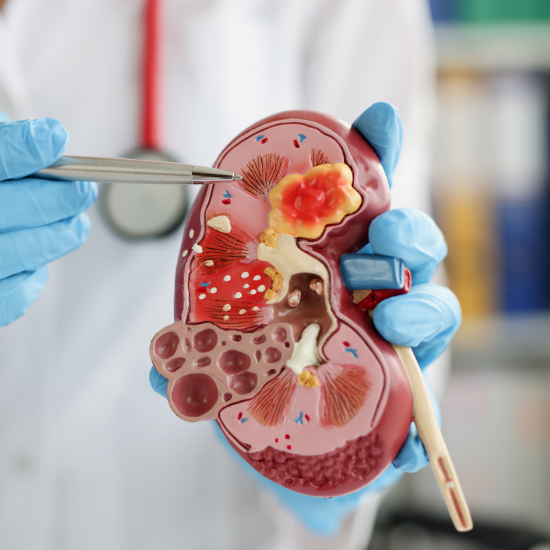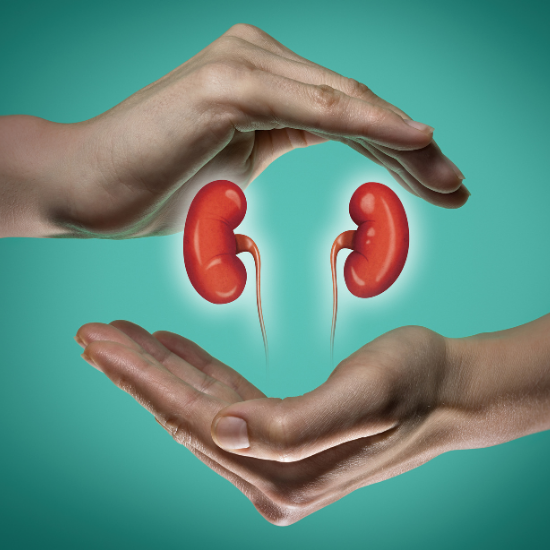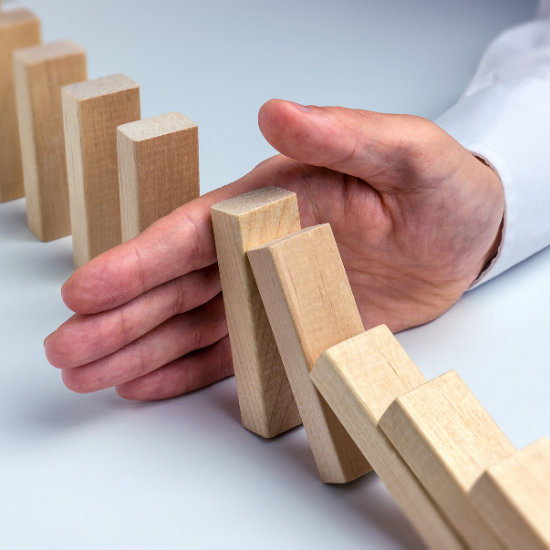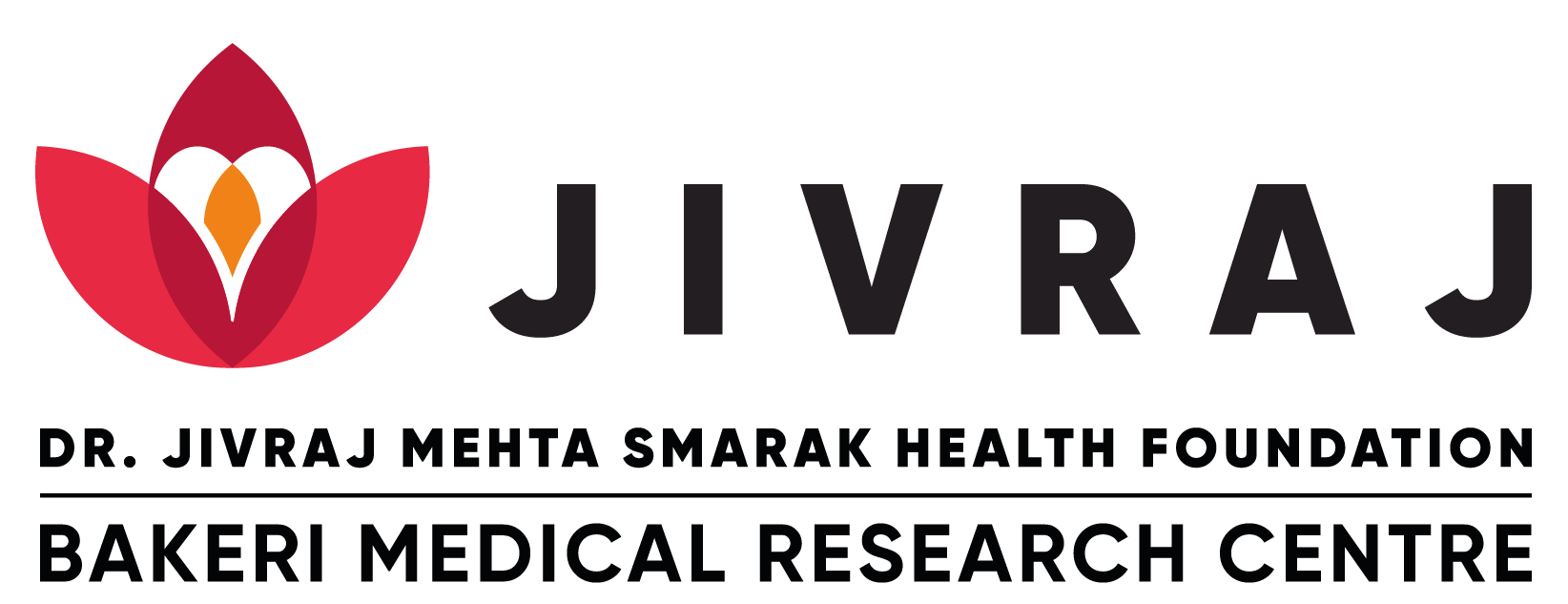Effective Kidney Stone Pain Treatment: Managing and Alleviating Discomfort
Introduction: Understanding Kidney Stone Pain
Kidney stones are hard, crystalline mineral deposits that form inside the kidneys. While the stones themselves may be small, the pain they cause can be severe and debilitating. The pain typically occurs when the stone moves through the urinary tract, obstructing the flow of urine and causing intense discomfort. If you are suffering from kidney stone pain or want to understand the treatment options available, this article will guide you through the most effective approaches for managing and alleviating this condition.
What Are Kidney Stones?
Types of Kidney Stones
Kidney stones form when minerals in the urine crystallize and clump together, resulting in the formation of hard masses. There are several types of kidney stones, each with different causes and characteristics:
- Calcium Oxalate Stones: The most common type of kidney stone, formed when calcium combines with oxalate in the urine.
- Uric Acid Stones: These stones form when there is too much uric acid in the urine, often associated with conditions like gout.
- Struvite Stones: Typically caused by urinary tract infections, these stones can grow rapidly and become quite large.
- Cystine Stones: Rare stones that form in people with a genetic disorder called cystinuria, leading to excessive amounts of cystine in the urine.

Symptoms of Kidney Stones
Kidney stone pain can vary depending on the size and location of the stone. However, some common symptoms include:
- Sharp, intense pain in the back, side, or lower abdomen
- Painful urination or frequent urges to urinate
- Blood in the urine (hematuria)
- Nausea and vomiting
- Fever and chills, which may indicate an infection
If you experience any of these symptoms, it’s essential to seek medical advice to determine the best course of action.
How Kidney Stone Pain Develops
Kidney stone pain generally arises when the stone moves from the kidney into the ureter, the tube that connects the kidneys to the bladder. As the stone moves, it may block the flow of urine, causing swelling in the kidney, intense pain, and possible infection. The pain may come in waves, and it may become more intense as the stone progresses through the urinary tract.
Treatment Options for Kidney Stone Pain
1. Hydration: The First Line of Defense
Staying hydrated is one of the most important steps in managing kidney stone pain. Drinking plenty of fluids, especially water, helps to flush out the stone and dilute the urine. When the urine is diluted, there is less chance of new stones forming. Additionally, hydration can help ease the passage of smaller stones, reducing pain and discomfort.
Tip: Aim to drink at least 8-10 glasses of water daily. In some cases, doctors may recommend lemon water as the citric acid may help break down stones, particularly calcium-based ones.
2. Pain Management: Over-the-Counter and Prescription Medications
Managing kidney stone pain is essential for comfort and well-being. Several options are available, depending on the severity of the pain:
- Over-the-Counter Pain Relief: Nonsteroidal anti-inflammatory drugs (NSAIDs) like ibuprofen or naproxen can help reduce pain and inflammation.
- Prescription Pain Medications: For more severe pain, stronger medications like opioids may be prescribed. These are typically used for short-term pain management.
- Alpha-Blockers: Medications like tamsulosin can help relax the muscles in the ureter, facilitating the passage of the stone and reducing pain.
Always consult with a healthcare provider before taking any medication, especially prescription pain relievers.
3. Heat Therapy: A Natural Pain Reliever
Applying heat to the affected area can help relieve kidney stone pain. A heating pad or warm compress can relax the muscles in the lower back and abdomen, reducing cramping and providing comfort. Many patients find that heat therapy offers significant relief, especially when combined with other treatments like hydration and medication.
Tip: Use a heating pad or take a warm bath to soothe the pain and reduce discomfort.
4. Shock Wave Lithotripsy (ESWL)
For larger stones that cannot pass on their own, shock wave lithotripsy (ESWL) is a non-invasive procedure that uses high-energy shock waves to break the stone into smaller, more manageable pieces. This procedure is often performed under local anesthesia and can be done on an outpatient basis. Once the stone is broken into smaller fragments, they can more easily pass through the urinary tract.

5. Ureteroscopy: A Minimally Invasive Procedure
If shock wave lithotripsy is not effective or suitable, ureteroscopy may be recommended. This procedure involves passing a thin, flexible tube through the urethra and bladder to reach the stone in the ureter. Once the stone is located, it can be removed or broken down using a laser. Ureteroscopy is typically done under general anesthesia and is a minimally invasive procedure with a relatively quick recovery time.
6. Percutaneous Nephrolithotomy (PCNL)
For very large stones that cannot be treated with shock wave lithotripsy or ureteroscopy, percutaneous nephrolithotomy (PCNL) may be necessary. In this procedure, a small incision is made in the back, allowing the surgeon to directly remove the stone from the kidney. PCNL is usually performed under general anesthesia and may require a longer recovery period compared to other methods.
7. Surgical Intervention
Surgery is typically reserved for cases where the stone is too large to be treated with nonsurgical methods or if there are complications such as infection or blockage. Surgical removal of the stone may be performed using open surgery or minimally invasive techniques, depending on the situation.
Preventing Future Kidney Stones
Once you’ve experienced kidney stones, it’s crucial to take steps to prevent them from recurring. Some effective preventive measures include:
1. Increase Fluid Intake
The most effective prevention method is staying well-hydrated. Drinking plenty of water helps dilute the urine and flush out any minerals that could form stones. Aim for at least 8-10 glasses of water daily, and more if you live in a hot climate or engage in intense physical activity.
2. Diet Modifications
Certain foods can increase the risk of kidney stones, particularly those high in oxalates (such as spinach, chocolate, and nuts) and sodium. Reducing your intake of these foods can help prevent future stone formation. Additionally, limit animal proteins and incorporate more fruits, vegetables, and whole grains into your diet.
3. Manage Underlying Health Conditions
Certain medical conditions, such as gout, hyperparathyroidism, and obesity, can increase the likelihood of kidney stones. Managing these conditions with the help of a healthcare provider can reduce your risk.

4. Medications for Stone Prevention
In some cases, doctors may prescribe medications to prevent kidney stones. These may include diuretics, calcium-based medications, or potassium citrate, which can help balance the minerals in your urine and reduce the risk of new stones forming.
Conclusion: Finding Relief from Kidney Stone Pain
Kidney stone pain can be intense, but with the right treatment, it is manageable. Hydration, pain relief medications, heat therapy, and medical procedures like shock wave lithotripsy or ureteroscopy can all help alleviate the pain and discomfort associated with kidney stones. For individuals prone to developing stones, preventive measures such as dietary changes and adequate hydration are key to avoiding future occurrences.
If you or someone you know is suffering from kidney stone pain, it is important to consult with a healthcare provider to determine the most appropriate kidney stone treatment options.
For inquiries or to schedule a consultation, contact us today. Our specialists are here to help you manage and prevent kidney stones effectively.






